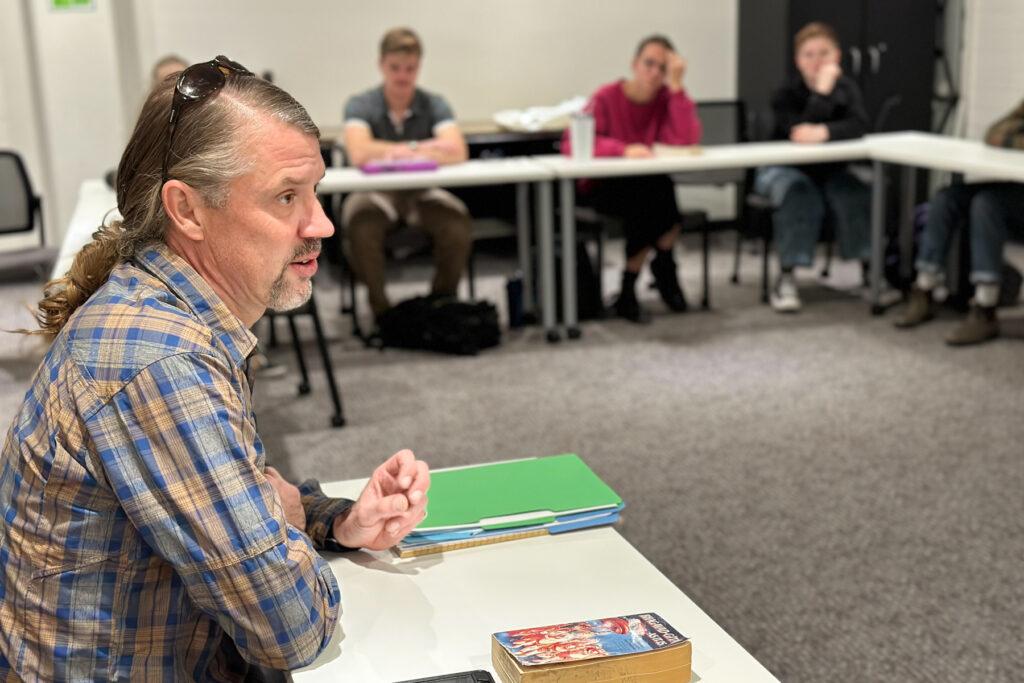
It’s a crisp fall day on the Colorado State University campus.
John Kitchens is telling his honors literature class that the excerpts they are reading from the thousands-year-old Hindu text Bhagavad Gita have relevance today.
“It poses the question that challenges a lot of us … can we live in the challenges? Can we embrace that as part of life as opposed to something to just get through, something to just get done, something to just get behind us?”
Kitchens loves teaching — pushing his students to become better writers and thinkers. But he has a challenge of his own now: Can he continue teaching when he can no longer afford to live on the salary?
Kitchens is a 12-year teaching veteran with two Master’s degrees and a doctorate in education, with a minor in literature. Up until recently, he was making just under $53,000 a year. He is what’s called nontenure-track faculty. Some of them have renewable contracts; others don’t. Kitchens teaches full-time — about eight classes a year — far more than most tenured faculty, who often do more research than teaching.
“The discrepancies for people of the same rank and stature and length of time at this university is $70,000, $90,000, sometimes over $100,000,” he said.
Tenure is a category of employment that offers lifetime job security and higher pay, even though tenured faculty may have similar credentials to their nontenure-track colleagues. Nontenure-track faculty make up forty-two percent of the faculty.
Two-thirds of what’s left after Kitchen’s paycheck deductions goes to mortgage and utilities. Last year, he worked several months in a leather warehouse to get by. He’s looking for extra work now for the Christmas break (“swinging a hammer or something”) He can’t afford to pay off his student loans. One emergency crown put him in the hole.
“I don't mind subsidizing the research — the academic work of many of my colleagues [who are] tenured — I just need a sustainable wage,” he said.
Teaching faculty who don’t have tenure are at the breaking point at Colorado’s public universities. They say their base pay and the huge pay gaps between faculty with similar credentials, between departments, and between women and men aren’t right or sustainable. Surveys show rampant feelings of financial insecurity and resentment on the part of some faculty members who feel mistreated.
It’s happening at colleges across the country. Nationally, an analysis found taking inflation into account, real wages last year for full-time faculty fell 5 percent. Another one found that last year, college administrator salaries increased 3.4 percent, while nontenure-track faculty track members increased just 1.5 percent.
CSU administrators say they’ve worked on the issue for the past 15 years.
In 2019, CSU administrators responded to faculty demands — a petition garnered 12,000 signatures — and demonstrations by raising the minimum salary floor to around $50,000. (Most nontenure-track salaries are higher than that.)
Nontenure-track faculty would finally be eligible for promotions.
“We've really made strides around salary equity and working conditions, which doesn't mean we don't still have a way to go,” said Jan Nerger, interim provost at Colorado State University. “We totally acknowledge that.”
Administrators say the low pay issue goes beyond nontenure-track faculty — it impacts all faculty, administrative staff, and classified employees.
“Our No. 1 priority is compensation,” said Sue James, vice provost for academic affairs.
University officials say much is being done. A salary equity task force was launched last year to study workloads and equity among new hires and veterans, and make national salary comparisons. The university invited a national academic labor expert to the campus last year who shared how other universities have boosted wages and evened out workloads.
But Nerger said university officials are chasing a moving target — the economy. Housing costs have skyrocketed in Fort Collins, along with rents and grocery prices.
“Everything has gone well beyond what we can keep up with. And so that $50,000 does not go anywhere as near as it used to. And so, we're getting behind. It's very frustrating for everybody, but we're very well aware of it.”
Nerger said the largest line item change in the proposed budget before the Board of Governors is for salary adjustments. It’s unclear how much and who they would impact.
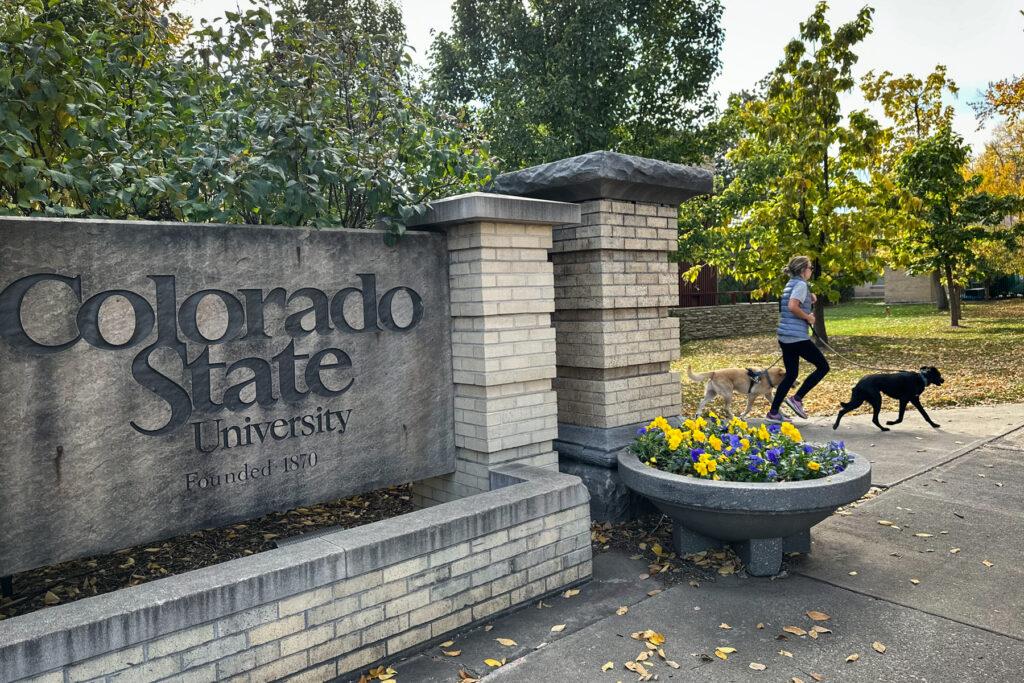
A recent survey of working conditions paints a bleak picture of faculty morale.
But CSU faculty say in the current economy, they can’t wait any longer. Many instructors, especially in the liberal arts, earn in the $50,000 range. That’s more than 30 percent below the median income in Fort Collins of $73,945.
Nontenure-track faculty at CSU are making demands. In a recent survey, they’ve recommended a base salary of $70,000 for the lowest-paid faculty member, which they say is the national average for peer institutions.
About one-quarter of 1,800 nontenure-track and tenure-track faculty responded to the survey, which was carried out by the CSU chapter of the American Association of University Professors (AAUP). (It followed on the heels of a climate survey of all CSU employees last year.) Seventy-five percent of respondents ranked higher base salaries as the most important issue. And they want the administration to address salary inequity, as well as instability, inconsistency and overwork in their jobs. Some responded that they were close to quitting because they can’t afford to live in Fort Collins.
One survey respondent said, “I'm in my 9th year at CSU, but my salary is the same as a nontenure track instructor that just started, so all of my promotions feel essentially erased.”
This respondent said they received a Ph.D. with no additional compensation or promotion. They noted they could work at the local Poudre School District and start at $75,000, “which doesn’t make sense.”
Many faculty felt respected by their department heads but not by the administration more generally. Nontenure-track faculty in particular, felt disrespected or treated unfairly.
Another survey respondent said, “My course load is outrageous — teaching 8-12 classes per year, advising 35-50 students, plus committee obligations. Meanwhile, a tenured professor earning three times my salary teaches 4 classes per year (all low enrollment), does not advise students, and serves on one committee.”
The bulk of the teaching — especially for core credits and especially in divisions like natural sciences, liberal arts, and health and human sciences is done by nontenure-track full-time faculty or adjunct faculty (those staff are temporary).
“This university would not function without nontenure track faculty,” said Gretchen O’Dell, a nontenure-track associate professor in the College of Liberal Arts.
Before O’Dell was promoted in 2019, she was making less than $50,000 a year. She has a doctorate and 10 years of experience. In her department — languages, literatures and cultures — most nontenure-track faculty make in the $50,000 range.
“You have people who have been working here with a Ph.D. for 20-plus years and they still don't make $60,000 and that seems wrong to me,” said O’Dell, who is also vice-president of the CSU chapter of the American Association of University Professors representing nontenure-track faculty.
CSU is called a “Research 1” university, meaning it meets certain benchmarks for research. So, research — and athletics — say faculty is what’s highlighted.
“Teaching and helping support students, that's a very invisible, emotional labor type thing that just does not really get recognized,” said O’Dell.
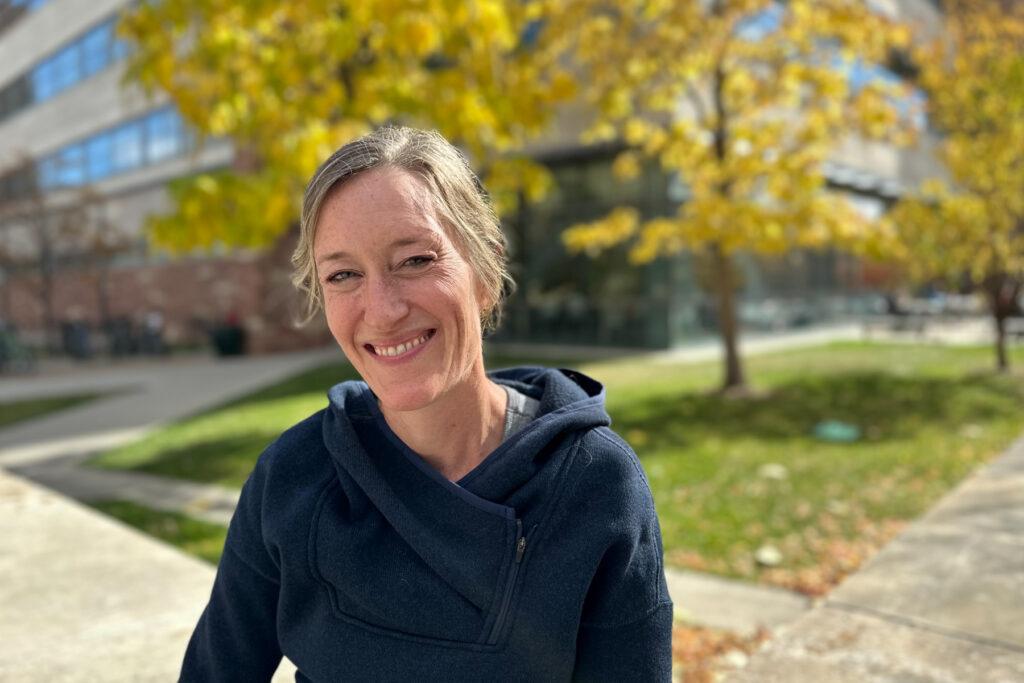
Just how big are the pay gaps?
Alongside the low pay, nontenure-track faculty say there are inequities between and within departments, and between men and women.
The median salary of a nontenure-track associate professor in languages, literatures and cultures is $56,736. The median salary for a tenured associate professor in the same department is $75,491.
There are huge pay gaps between departments.
In mechanical engineering, a nontenure-track associate professor’s median salary is $100,700. In the department of anthropology and geography, the median salary for a nontenure-track associate professor is $53,510.
Among the same rank of nontenure-track faculty in the same department, there is inequity. In the management department, one nontenure-track master instructor makes $68,000 while another of the same rank makes $110,000 and a third $120,000.
University officials said there are several reasons departments like engineering and business are paid significantly more.
First, market forces, or what faculty members could make elsewhere, determine salaries.
“We live in the world and we recruit and hire faculty in a competitive environment,” said provost Sue James. “We try to stay in line with what other our peer public R1 [research] universities are offering.”
Second, faculty differ in the amount of teaching, research or publishing, and “service” (such as sitting on committees and graduate student training) they do. The bottom line is that if you're doing more research, you’re paid more than those who teach more.
James said research is also what attracts and retains many students. Research is also what brings in money to the university. Last year it was a record-breaking $457 million, a big chunk of the university’s roughly billion-dollar budget.
Comparing salaries between departments or between ranks isn’t a valid way to assess equity, according to Laura Jensen, vice provost for planning and effectiveness. She said it is more relevant to compare CSU salaries to national counterparts. For full-time instructors, across all ranks, CSU’s nontenure-track faculty earn 88 percent of the national peer group. CSU does better at some ranks than others.
Nontenure-track faculty counter that using “market-based” strategies to assess salaries is an administrative choice that has resulted in serious inequities that have impacted women in particular. Moreover, they argue that two-thirds of the undergraduate teaching on campus is carried out by nontenure-track and temporary faculty — in other words, they are the biggest generator of tuition dollars. They say teaching just isn’t valued like research.
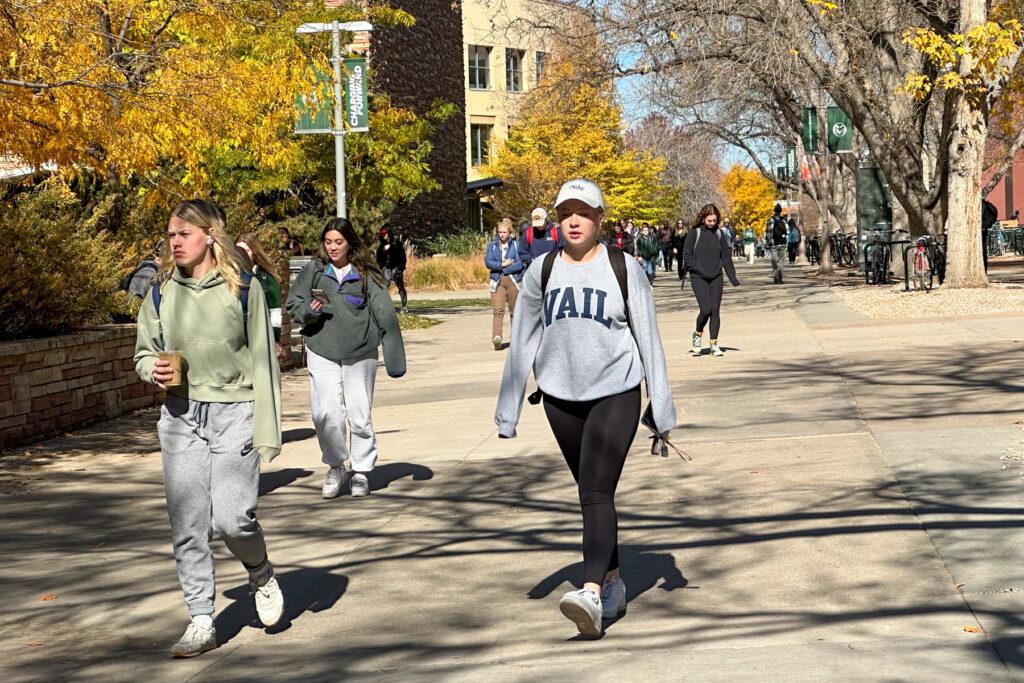
A different type of inequity
Women have made progress in the last five years. But last year, the average female faculty member earned $80,000 a year, while the average male faculty member earned $98,000 — an $18,000 difference. Some of that difference could be attributed to the fact that there are more women in the College of Liberal Arts, where pay is less.
Among nontenure-track faculty, who are disproportionately women, the median salary for men last year was $62,000; the median salary for a woman was $55,000.
Theresa Wernimont has taught business communications in CSU’s management department in the College of Business for almost 15 years. What she’s teaching her students is immediately applicable to the careers they’ll enter. She said her job is rewarding, and she loves being with students.
“It's so much fun to be around that energy every day,” she said.
Wernimont makes slightly more than $65,000 a year. She points to a report that shows that men at her rank earn between $25,000 and $30,000 more than women with similar education levels and experience in the College of Business.
“It tells me I’m not respected,” she said. “That does take a toll.”
And she thinks of the ethics-driven motto of the College of Businesses: “Business for a better world. Where do these initiatives fit in, in practice? And that's what I'm still waiting to see.”
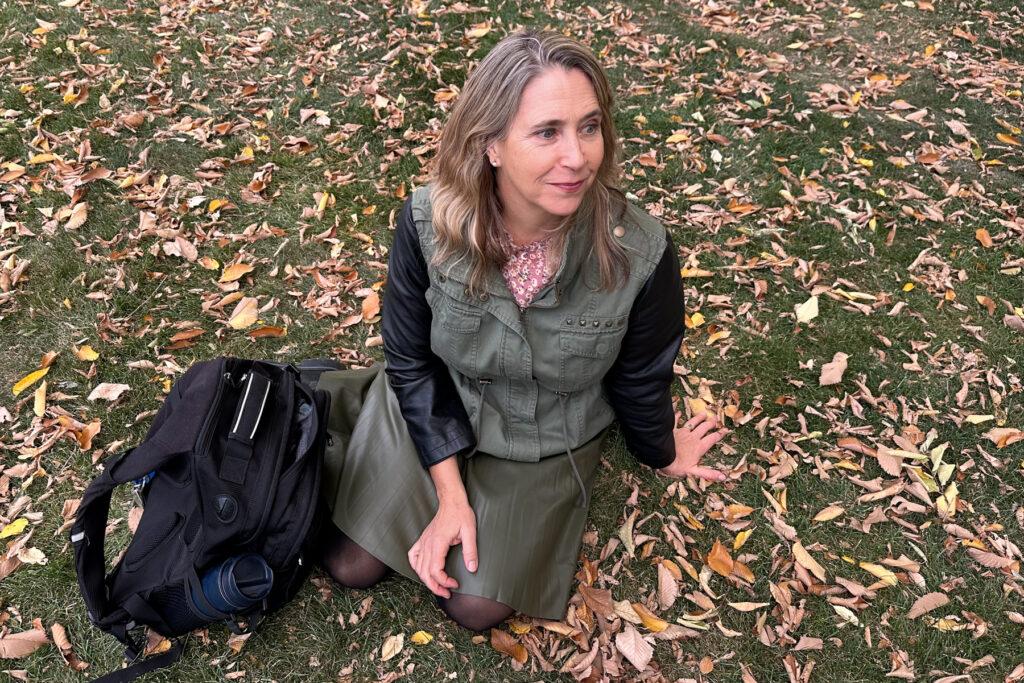
What does it mean for the students?
The university gets revenue largely from student tuition and the state. Colorado spends the second least in the nation per student. In 2021, it was about 65 percent of the U.S. average.
“We just don’t have the money to write the check,” said interim provost Jan Nerger.
That has consequences as faculty are forced to leave.
Senior instructor Christine Discoe, who has 27 years of teaching experience and earns about $54,000 a year, said that to be a good instructor, it takes more than nine to five.
“It’s a creative artistic process,” she said that is hard for many nontenure-track staff to execute because they have two or three jobs.
Discoe worries that students aren’t getting the quality of teaching they’re paying for — especially when many got behind academically during the pandemic.
“How are they going to get back [academically] when 50 percent of their teachers at CSU are checked out, burnt out, overworked, underpaid and can't live here?”
Instructors like John Kitchens don’t want to leave. He attended CSU himself.
“My experiences at CSU really were some of the happiest and best times of my life. And I enjoy returning that to my students here.”
Neger expects conversations on salary to begin in earnest when CSU names a new president in December.
